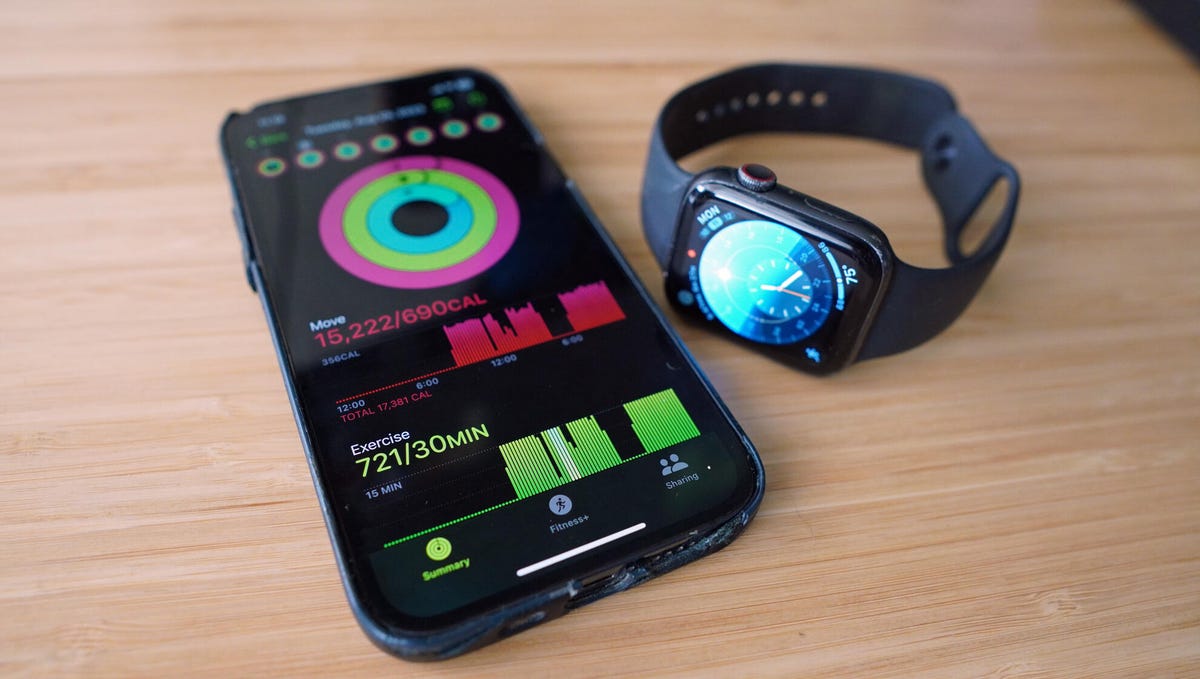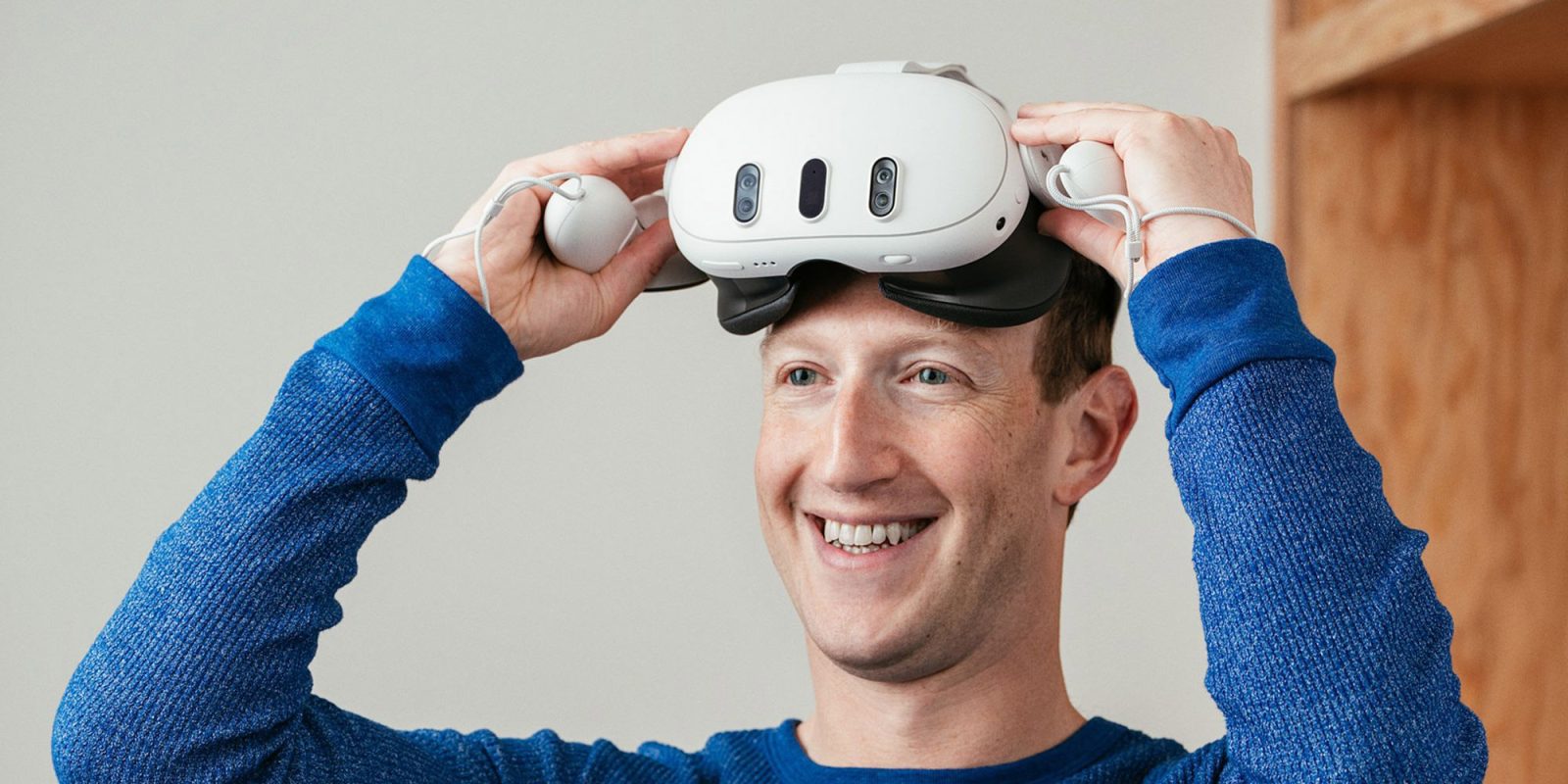Some people are naturally good at fitness, some work hard to achieve it, and some rely on technology like me. One day, my Apple Watch made me believe I was a fitness god. By noon, I had already surpassed all my fitness goals with thousands of steps, hundreds of minutes of exercise, and twelve hours of standing, all without even leaving my desk.
Of course, there was something wrong with my Apple Watch Series 5, which I had been using since its release in September 2019. After almost four years of striving to achieve my fitness goals, it was exhilarating to see my activity rings fill up effortlessly.
In reality, I would start a run outside, and my watch would urge me to run ten miles before even taking my first step. Then, after completing a two-mile run, my watch would still record about another mile. These inaccuracies, combined with excessive standing and traffic volume, did not contribute to my actual health.
This seemed too good to be true, and things took a turn for the worse when I decided to download the public beta of iOS 17 on my iPhone. My hopes of magically improving my fitness levels were dashed. Immediately after the update, my Apple Watch stopped tracking my fitness altogether.
My exercise numbers can’t be wrong — isn’t everyone getting over 15,000 calories and 721 minutes of exercise a day?
Fixing my fitness-tracking dilemma
Firstly, I searched the web for people experiencing similar problems and found an official solution on the Apple support forums. The first step was to reset the accuracy of my watch by going for a 20-minute walk or run. If that didn’t work, the next step was to reset the watch data. Unfortunately, neither of these steps resolved the issue.
I wondered if the watch was not compatible with the iOS 17 update, so I decided to upgrade to the beta version of WatchOS 10. However, this didn’t solve the problem either. I also discovered that reverting to older versions of WatchOS was not possible, meaning I couldn’t use WatchOS 9 with an iPhone running iOS 16.
Feeling out of options, I decided to reach out to Apple for help.
Exercising to confirm my suspicions: the treadmill shows half a mile and 66.5 calories burned after five minutes, while my Apple Watch claims 1.08 miles and 134 calories burned.
Taking my watch to the doctor
Visiting an Apple Store and consulting the Genius Bar seemed like the ideal option, but the cost of Apple’s online support made me opt for a toll-free number. I called the support line prepared to explain my situation.
Within two minutes of submitting my request, I received a call from Apple support. I shared my unfortunate story, and to my surprise, the support agent was able to remotely diagnose my Apple Watch. With my permission, they accessed my watch’s settings and performed remote diagnostics. In less than a minute, they determined exactly what was wrong with my watch.
Firstly, my watch’s battery health was below optimal levels. I confirmed this by checking the battery health myself via the watch’s settings. It was at 75%, and there was even a warning recommending a battery replacement when it drops below 80%.
Not replacing the battery in time can lead to complications, as I discovered. The Apple support agent informed me that the accelerometer and gyroscope in my watch had been damaged due to battery swelling. This explained why my watch went from accurately tracking my fitness activities to providing inaccurate readings. When the battery degrades, it expands and damages the internal components, including the sensors.
Unfortunately, my watch’s damaged sensors meant that I couldn’t simply replace the battery; the entire internal assembly would need to be replaced. For my 44mm Apple Watch Series 5, this would cost $390 plus taxes and fees. Considering the newly released Apple Watch Series 9 starts at $429 for the same size model (without cellular connectivity), it made more sense to invest in a new watch rather than repair my old one.
As far as I know, my Apple Watch won’t be able to accurately track my exercise or fill in my activity rings.
My Apple Watch is only at 75% battery capacity. When it drops below 80%, issues can arise.
Living without a ‘fit’ Apple Watch
Although it’s a disappointment, it’s not the end of the world. My Apple Watch still serves as a notification center, a remote lock, and offers other smart features. I can still use Siri for search and voice commands, find alternative routes while walking, and wake up to gentle vibrations for alarms. However, my fitness tracking capabilities have turned into a graveyard.
So, don’t make the same mistake as me and let your wearable battery die. Unlike iPhones, which alert you when the battery is low, Apple Watches silently drain until they reach a critical point. Apple recommends replacing the battery when its capacity drops below 80% (check under Settings > Battery > Battery Health). This typically happens two to three years after purchasing the Apple Watch, although heavy use can accelerate the battery degradation.
In my case, I had been using an Apple Watch Series 5 since late 2019, and nearly four years of daily exercise eventually took its toll. If I had replaced the battery about six months ago, around the 3.5-year mark, as recommended by the Apple support agent, my watch would still be functioning. It could have served me for another 3.5 years on my wrist. But now, considering the high cost of refurbishing my Apple Watch Series 5, an Apple representative advised me to consider getting a new one. With the exciting features that have been introduced in newer Apple Watch models, like the Double Tap feature in the Series 9, there’s much to look forward to when exploring the latest offerings. As much as I enjoyed briefly living as a fitness superhero, it’s time to return to reality and see how I fare with my fitness goals.














